
ACEMS Impact Case Studies
The breadth and magnitude of ACEMS impact may be seen in the following case studies that feature a number of recent research projects and collaborations across industry, government and cross-disciplinary fields of research.

Researchers addressed the problem of climate model dependence by developing new tools (namely, a novel statistical test and an efficient new algorithm).
These tools have been applied to more accurately model probabilities, including Arctic summer sea ice at different potential global warming temperatures.

The Royal Adelaide Hospital (RAH) had to choose the number of Intensive Care Unit (ICU) beds (48 or 60) for a new hospital to meet future demand. To inform this choice, ACEMS researchers did mathematical modelling (using ICU patient data, hospital queuing times, forecasts, and other data) and ‘what if’ scenarios to model ICU bed demand, including in possible rare (tail) events. RAH made the decision to have 60 beds, as recommended by our researchers.
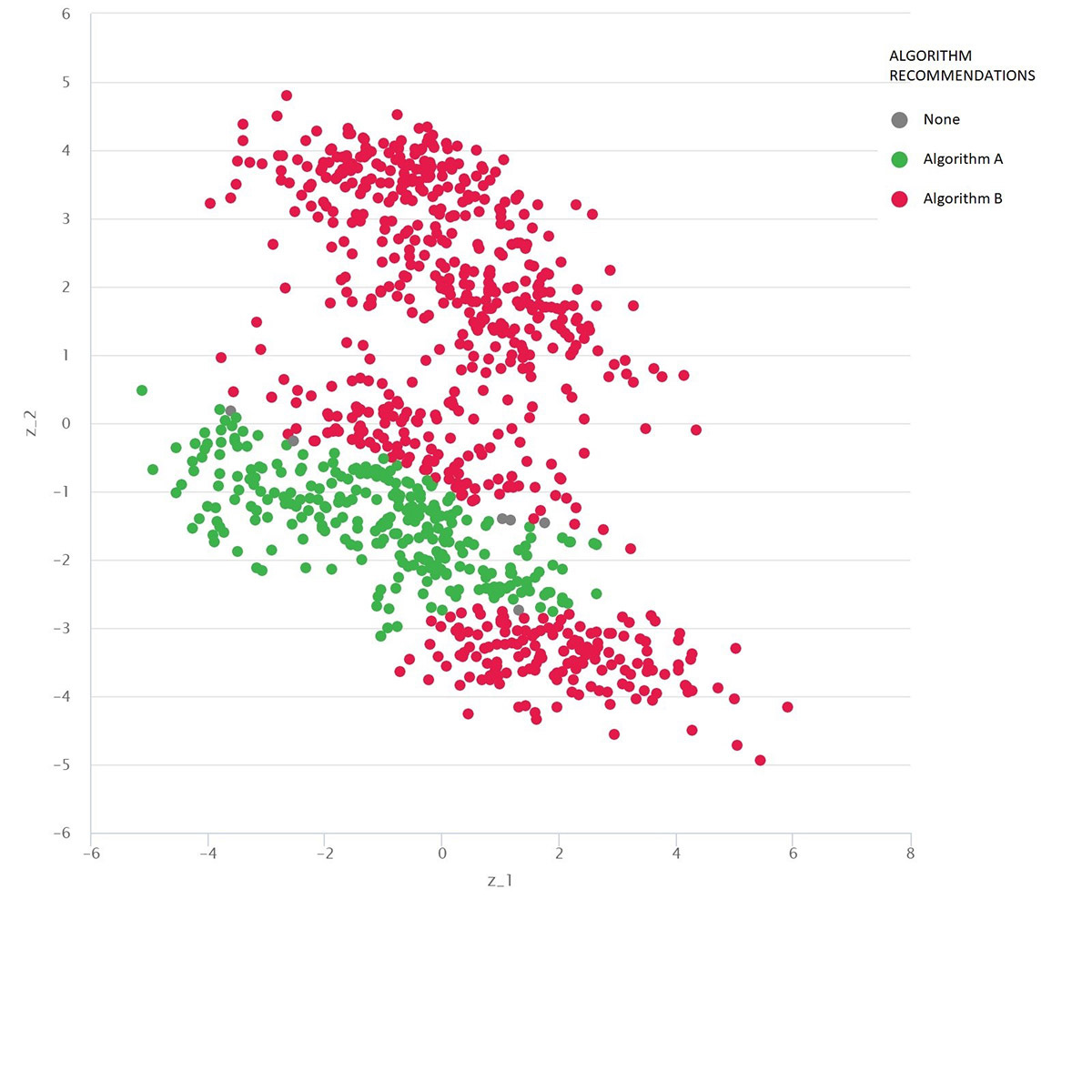
Researchers developed the MATILDA platform for more robust algorithm testing. MATILDA can identify and visualise algorithm strengths, weaknesses, and potential failures. It helps users to select algorithms suitable for a given problem instance and avoid tedious trial-and-error testing and potentially disastrous algorithm deployments and failures. MATILDA is useful to all ‘algorithmic science’ fields, and has been successfully applied in software testing, optimisation and machine learning, amongst others.

Occupancy processes help model many things such as: the spread of a virus from ‘occupied’ to other interacting sites; or the loss of threatened species from ‘occupied’ sites. Our researchers have delivered a breakthrough new model framework (analytical and computational) to handle occupancy processes in complex real-world systems, to identify suitable approximating models, update rapidly transitioning system states and rates, and more.

Our researchers developed statistical tools to help predict pollution levels in waters upstream of, and impacting, the Great Barrier Reef (GBR). Their tools transform data collected from sensors (namely, measures of turbidity and conductivity) into useful predictions for levels of sediments and nutrients which may pollute the GBR. This tool helps inform government, reporting, and management of the GBR and upstream land use. Real-time automated data collection may follow.
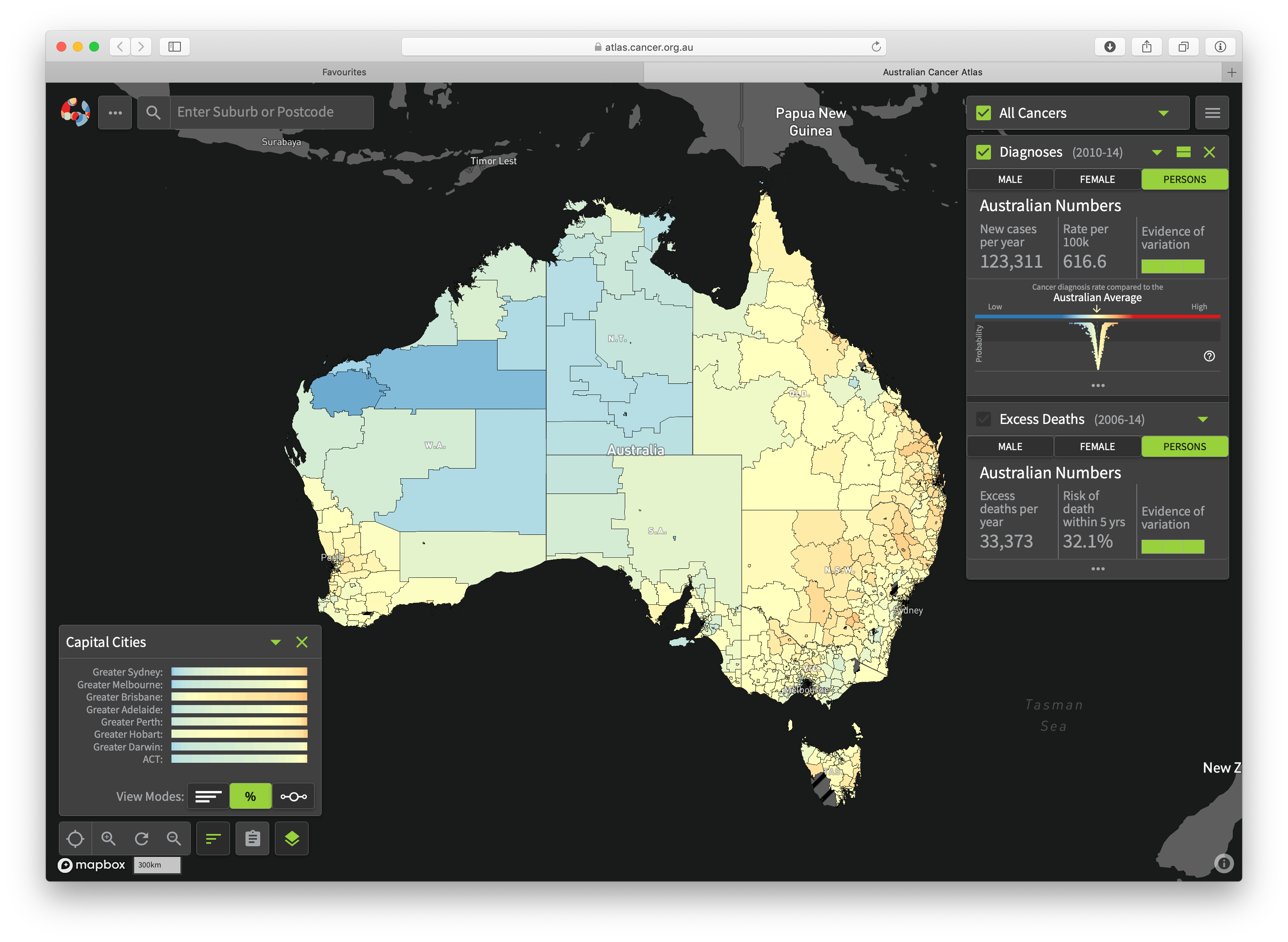
The Australian Cancer Atlas, a collaborative output led by ACEMS and Cancer Council Queensland, is the first national online interactive platform showing how cancer diagnosis and survival for different types of cancer varies depending on where you live. As of 2019, it has: been accessed for free by more than 44,000 people globally; informed public policy; been used in cancer epidemiology training courses and in a Doherty Institute report; been leveraged by the New Zealand Ministry of Health to help create an atlas in New Zealand; and won an award for spatial enablement.

ACEMS has a strong history of collaborating with the Australian Institute of Sport (AIS), Queensland Academy of Sport, and sporting organisations such as Swimming Australia to harness frontier mathematics, statistics and data science methods to help improve performance. According to the AIS, insights gained from some of our targeted investigations have contributed to Australia winning 4 out of 7 Gold Medals at the 2019 Swimming World Championships.

The Virtual Reef Diver is an innovative collaborative research project and platform for harnessing citizen science to help monitor and manage the Great Barrier Reef. Citizen scientists contribute photos of the Reef and help to classify images. There is also a boardgame version.
To date, more than 224,000 pictures, 3.4 million data points, and 488 uploads have been contributed by citizen science. The project was a finalist in the Eureka Prize for Innovation in Citizen Science in 2019.
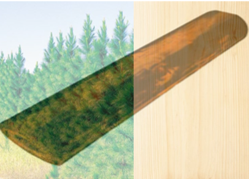
A body of collaborative research has been pursued with the Queensland Government's Department of Agriculture and Fisheries, including virtual log models for novel resource characterisation and research into the impact of continuous drying on wood, to help the forestry industry’s: growers to maximise sales of high value products through better plantation management; and processors to improve financial returns across the value chain by optimising processing settings for maximal recovery of high value products.
Read more about some foundational work including virtual log models on our website and in a co-authored final industry report.
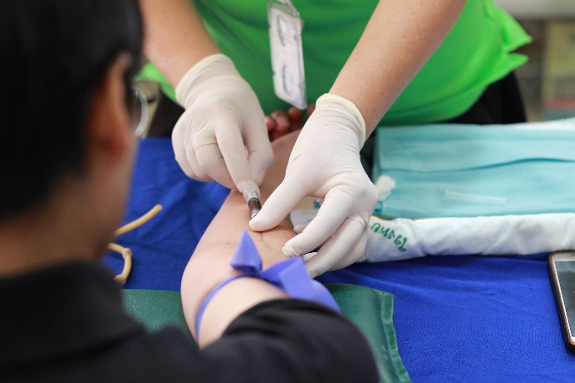
Researchers systematically evaluated: the use of non-traditional data for predicting influenza-like illness incidence; and evidence for these methods better informing decision-making in the management of health service resources in the lead up to Flu season. This knowledge is useful for the Australian Red Cross Lifeblood’s management of blood collection and supply.
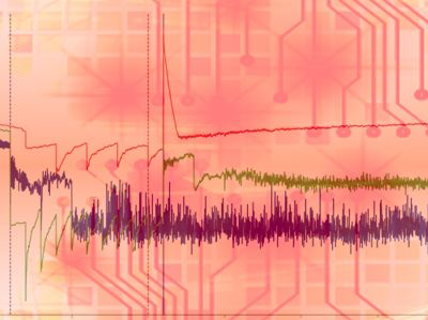
Whilst standard HMC is considered a state-of-the-art Bayesian method in statistics and machine learning, it can either be computationally costly or, when sped-up, inefficient at subsampling. Our researchers addressed these problems, developing a new method named "HMC with Energy Conserving Subsampling" and sampler based on same, suited to large datasets.
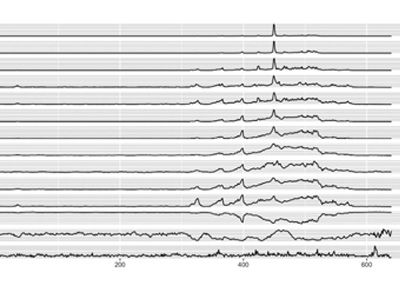
The detection of anomalies can reveal significant and critical information in fields such as cyber security, intrusion detection, system health monitoring, and environmental monitoring. Our researchers developed a framework and open source R Package 'oddsteam' to enable earlier detection of such anomalies, being particularly advantageous in time-critical contexts.

Accurate delimitation of the geographic range of invasive fire ants is key for controlling this and other biological invasions which damage our environment. Our researchers developed a "delimitation method" that can be applied to calculate boundaries, even when working with imperfect survey data and/or patchy distributions of species (which normally causes inaccurate (under) estimates).

In Bayesian inference for complex statistical models and machine learning (ML), using Variational Inference, the "Reparameterization trick" is used for variance reduction. However, until now, there was no proof for this trick. ACEMS researchers developed a proof for when it does (not) work, which has been used/cited by Google DeepMind scholars and others in ML.
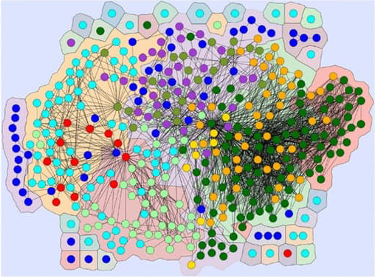
Protection of Australia's agricultural crops, native species, and national security all rely on evaluations of invasion risk. ACEMS researchers developed a new method for predicting the risk of biological invasions using environmental similarity and transport network connectedness, which helps with biosecurity surveillance and preparedness in respect of high-risk species which threaten important agricultural crops (e.g., citrus, avocado, timber, mangoes). Read more in the journal Risk Analysis.